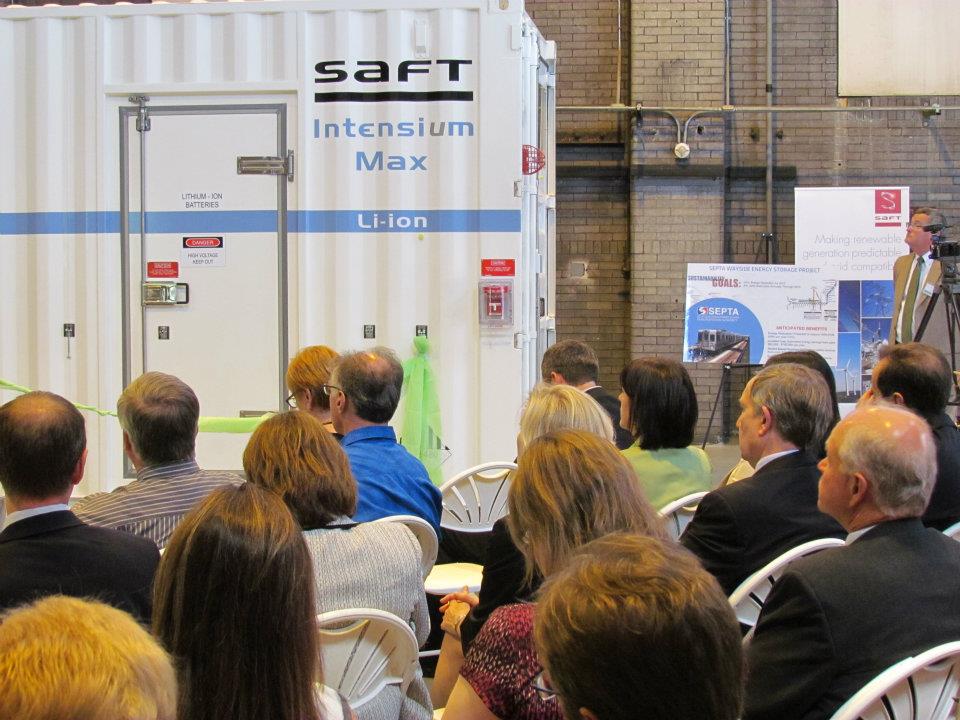
Minnesota electric cooperative Connexus Energy has confirmed recent press reports that it is building 15MW / 30MWh of battery energy storage, while another not-for-profit, Vermont Electric Cooperative, will build a 1.9MW / 5.3MWh system in its service area.
Connexus is part of Great River Energy, an electric transmission and generation cooperative and the second largest utility in Minnesota. Connexus serves about 130,000 residential and commercial properties in its service area. It issued a statement yesterday stating that the “innovative” solar-plus-storage project is now under construction.
Enjoy 12 months of exclusive analysis
- Regular insight and analysis of the industry’s biggest developments
- In-depth interviews with the industry’s leading figures
- Annual digital subscription to the PV Tech Power journal
- Discounts on Solar Media’s portfolio of events, in-person and virtual
Pairing 10MW of solar across two sites with 15MW of battery storage, also split between the Ramsey and Athens Township solar farm sites, the cooperative wants to use the combination to help manage peak demand. A subsidiary of major developer NextEra Energy will build, own and operate the lithium-ion battery storage systems, which Connexus said will be “fully integrated” with the solar PV. ENGIE North America will be responsible for the solar portions of the projects.
“Energy prices differ throughout the day. Most solar energy is produced when there is lower demand and the price is lower. Our plan is to discharge the stored solar energy during peak hours when energy costs are the highest. We refer to this as time-shifting solar energy to a time of day when it has more value,” Greg Ridderbusch, Connexus CEO said.
Ridderbusch said that the utility had listened to its members, who want more renewable energy on their network, Ridderbusch said, but did not want to pay more for their electricity.
A 2017 study found Minnesota could use energy storage and solar as part of a “least-cost path forward” in direct competition with gas turbines. ‘Modernising Minnesota’s Grid: An economic analysis of energy storage opportunities’, was produced by University of Minnesota’s Energy Transition Lab with Strategen Consulting and Vibrant Clean Energy.

Among the key findings of that report were:
- Under an optimal set of future energy resource investments and operating practices, the least-cost solutions included energy storage.
- Energy storage can be a cost-effective means to help Minnesota meet its state greenhouse gas (GHG) reduction goals.
- The deployment of storage in Minnesota was projected to increase the use of low-cost renewable energy generation dispatched in MISO and to reduce the need for expensive transmission investments.
- Historically, utilities have used gas combustion turbines to meet peak demand. As storage becomes more cost-effective, it will compete with and displace new gas combustion peaking plants (peakers).
- Compared to a simple-cycle gas-fired peaking plant, storage was more cost-effective at meeting Minnesota’s capacity needs beyond 2022.
- Additionally, the Investment Tax Credit (ITC) which discounts storage purchases when made with solar, already makes solar-plus-storage more cost-effective than a peaking plant as well as having an environmental benefit in reducing GHGs.
The study pointed out that Minnesota is a clean energy leader among US states, having gone from 7% renewables in the state energy mix to more than 21% over the past decade, yet the development and deployment of energy storage has lagged, the report said.
Connexus VP for power supply Brian Burandt said the latest solar-plus-storage projects had taken several years from conception to the start of construction, including site selection and permitting. A Request for Proposals was run by the National Renewables Cooperative Organisation.
Vermont Electric Cooperative goes for 5.3MWh lithium battery system
Bernie Sanders’ state, Vermont, will also be getting grid-scale storage in a project announced in the past few days. Vermont Electric Cooperative will increase flexibility on its electricity networks by using a 1.9MW / 5.3MWh lithium battery system to charge during off-peak times and then discharge into the grid during peaks.
VEC will be working with storage developer Viridity Energy, which has been owned by geothermal power and renewables developer Ormat Technologies since early 2017, while Northern Power Systems, best known as a wind turbine supplier but now also integrator and supplier of energy storage, will also work on the project, as will industrial electric equipment supplier WEG Electric Corp.
It marks WEG’s first major foray into the US lithium-ion battery storage space. Turnkey storage system supplier Northern Power Systems’ wind turbine business has actually been owned by WEG since 2016, with Northern Power president Ciel Caldwell stating that his company was excited to expand on the pair’s “long history” as technology partners.
“We developed our capability to provide full turnkey megawatt energy storage systems that can incorporate different qualified battery suppliers while leveraging robust controls designed into our proprietary power converter,” Northern Power’s Caldwell said.
The project will be delivered “without requiring any significant upfront capital costs” by VEC, the cooperative’s interim chief executive Vickie Brown said. This is due to the creation of an Energy Storage Service Agreement (ESSA) with Viridity, which will own and operate the battery system under Viridity’s Battery Storage as a Service (BSaaS) business model.
It will be constructed adjacent to a substation in Hinesburg, Vermont. Supplying energy at peak times to the grid, it will also help control voltage and frequency of the local grid but matching supply with consumption patterns. The project should be completed by summer 2019, with a 45-day public consultation period now open.






